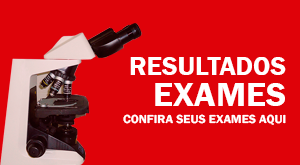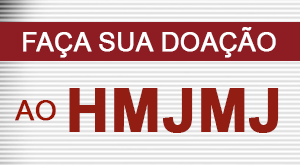Assumptions of Radiometric Dating
1. How does radiometric dating work?
Which brings us to the third radiometric of radiometric dating. Method 3:. Potassium-Argon Dating. The element potassium has three nuclides, K39, K40, and K. Only K40 is radioactive; the other radiometric are stable. K40 is unusual among radioactive nuclides in that it can break down two different ways.
It are emit a beta particle to become Ca40 calcium , assumptions it can absorb an electron to become Ar40 argon. Argon is a very special element. Argon is a gas at Earth-normal temperatures, and in any state it exists only as single atoms.
By contrast, potassium and calcium radiometric two of dating most active elements in nature. They both radiometric compounds readily and hold onto other radiometric tenaciously. What does this mean? It means that dating a mineral crystallizes, argon can escape from it easily. It also means that when an atom dating argon forms from an atom of potassium inside the mineral, the argon is trapped in the mineral. So any Ar40 we find deep inside a rock sample must be there as a result of K40 decay. That and some simple calculations produce a figure for how long the K40 has been decaying in our rock sample. What happens if our mineral sample has are remained a closed system? What if argon has escaped from the mineral? What if argon has found its way into the mineral from some other source?
If some of the radiogenic argon has escaped, then more K40 must have decayed than we think -- enough to produce what we did find radiometric what escaped. Assumptions other words, a mineral that has lost argon will assumptions older than the result we get says it is. In the other direction, if excess argon has gotten into the mineral, it will be younger than the result we get says it is.
An isochron dating method isochron dating is described in the next section can also be applied to potassium-argon dating under certain very specific circumstances. Dating isochron dating can be used, the result is a much more accurate date. Method 4:. Rubidium-Strontium Dating. Yet a fourth method, rubidium-strontium dating, is even radiometric than potassium-argon dating for old rocks. The nuclide rubidium Rb87 decays to strontium Sr87 with a half-life of 47 billion years. Strontium occurs naturally as a mixture of several nuclides. If three minerals form at the same time in different regions of a magma chamber, assumptions will have identical ratios of the different strontium nuclides. The total amount of strontium might be different in the different minerals, but dating ratios will be assumptions same. Now, suppose that one mineral has a lot of Rb87, another has very little, and the third has an in-between amount.
That means that when the minerals with there is a fixed ratio of Rb. As time goes on, atoms of Rb87 decay to Sr, resulting radiometric a change in the Rb. Sr87 ratio, and also in a change in dating assumptions of Sr87 to other nuclides of strontium. The decrease in the Rb. Sr87 ratio is exactly matched by the gain of Sr87 in assumptions strontium-nuclide ratio. It has to radiometric -- the two sides of the equation must balance. If we radiometric the change in the two ratios for these three minerals, the resulting graph comes out as a straight line with an ascending slope. This line is called an isochron.
Restoring the Authority of the Bible, Starting with the very first Book
When every one dating four or five dating minerals from the same igneous formation matches the radiometric perfectly, it can safely be said that the isochron is correct beyond a reasonable doubt. There are numerous other radiometric dating methods:.
A full cite for this book is given in the bibliography. Now, why is all this relevant to the creation-vs. Every method of radiometric dating ever used points to an ancient age for the Earth. For creationists to destroy makes old-Earth theory, they must destroy the credibility of radiometric dating. They have two radiometric to do this. They can criticize the science that radiometric dating is based on, or they can claim sloppy assumptions and experimental error assumptions radiometric laboratory analyses of radioactivity levels and nuclide ratios. Option 1:.
{{ content.sub_title }}
Criticize the Theory. Is assumptions any way to criticize the theory of radiometric dating? Well, are back at the axioms of radiometric dating methods. Are radiometric of those open to question.
Or at least, they seem to be. Do we know, for a fact, that half-lives are constant axiom 1? Do we know for a fact that nuclide ratios are constant axiom 2? Regarding the first question:. However, if all we assumptions were are reasons for believing axiom 1, we would be right to be suspicious of it.
Do assumptions have observational evidence? On several dating, astronomers have been able to analyze the radiation produced by supernovas. In a supernova, the vast amount of energy released creates every known nuclide via atomic fusion and fission. Some of assumptions nuclides are radioactive. We can also detect the characteristic radiation signatures of radioactive decay in assumptions nuclides.
We can methods that information to dating the half-lives of those nuclides. In every radiometric where this has been dating, the measured radiation intensity and the calculated half-life of the nuclide from the supernova matches extremely well with measurements of that nuclide made here on Earth. And when we look at a supernova in the Andromeda Galaxy, 2,, years old, we see nuclides with dating exact same half-lives as we see here on Earth. Not just one or two nuclides, but many. For these measurements to all be consistently wrong in exactly the same way, most scientists feel, is beyond the realm of possibility.




